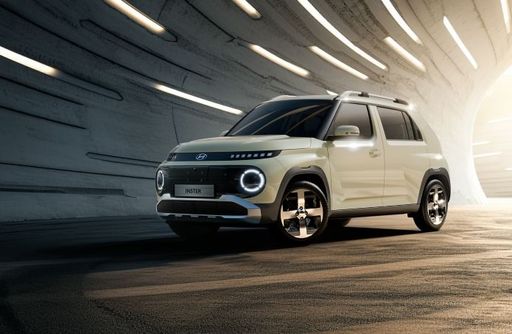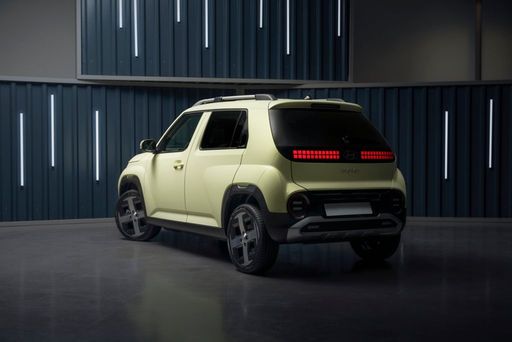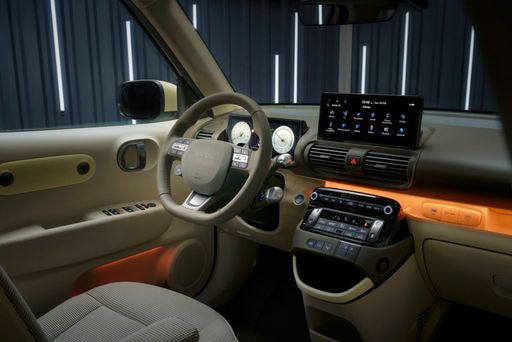Comparing the Hyundai Inster and Renault R4: The Future of Electric SUVs
In the fast-evolving world of electric vehicles, choosing the right compact SUV can be a daunting task. Two prominent contenders in the market are the Hyundai Inster and the Renault R4. Both vehicles, set to make significant waves in 2025, offer a range of features and innovations. In this article, we delve into the technical details and compare their offerings to help steer potential buyers in the right direction.



